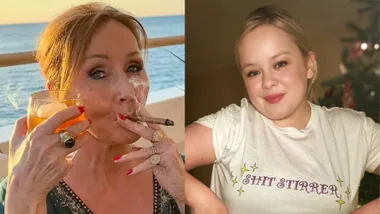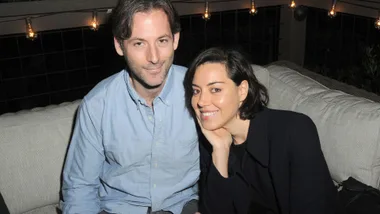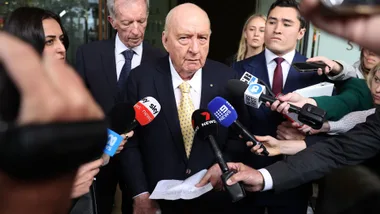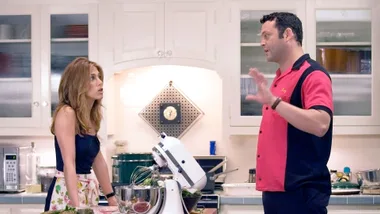In another week filled with coronavirus clichés, “COVID-19 doesn’t discriminate” has become something of a catchcry. Tom Hanks got it, Prince Charles beat it, and British Prime Minister Boris Johnson is recovering from it, having just been released from intensive care.
And yet despite this smattering of headline-grabbing, high-profile cases, history tells us that pandemics do indeed discriminate.
During the Spanish Flu of 1919, Australia’s Aboriginal and Torres Strait Islander families accounted for 30 per cent of the death toll in Queensland. When swine flu hit in 2009, Indigenous people made up 11 per cent of cases nationally (despite only representing 3 per cent of the population) and their fatality rate was six times higher than that of non-Indigenous citizens.
Now, as coronavirus spreads across the country, fears for First Nations people are at an all-time high. In the words of Pat Turner, CEO of National Aboriginal Community Controlled Health Organisation (NACCHO): “I can’t be any blunter. If COVID-19 gets into our communities, we are gone.”
Deep-seated health and socioeconomic inequity are at the heart of this vulnerability. “Many Indigenous people have chronic diseases like diabetes and cardiovascular disease, which leads to worse outcomes if they’re diagnosed with COVID-19,” explains Dr Jason Agostino, NACCHO Medical Advisor. “In addition, overcrowding and poor facilities in homes, particularly in remote communities, mean the virus could spread very quickly if there’s not space to isolate and quarantine.”
Meanwhile, a lack of personal protective equipment could be catastrophic. Last week The Guardian reported that one Aboriginal health group in Victoria had stopped all COVID-19 testing and was considering shutting its doors due to the shortage.
“There are PPE shortages all across Australia,” confirms Dr Agostino. “But it can be particularly bad in remote areas. We did an audit in our communities recently, and in one, there were 10 masks to go around for 350 people.”
For human rights advocate Debbie Kilroy, these stats and facts are gut-wrenching. “I’m absolutely terrified for Indigenous communities,” she says. “My husband, children and grandchildren are Aboriginal.
“We’re hearing from elders in isolated communities that the government is not sending them medical services or support – they’re sending them body bags for children. That breaks my heart. I cannot believe that this is happening and no one really knows about it.
“The government is telling elders to stay in the community, knowing they’re more at risk there. The elders will die very quickly when this hits isolated communities because there’s no medical support.”
So how do we help to halt this spread?
This week the government pledged $123 million to boost the Indigenous response to the pandemic, and also restricted entry to some remote Aboriginal and Torres Strait Islander communities.
“The travel restrictions have been well received, but we don’t think the funding is enough,” says Dr Agostino. “The total spend on the Australian population as a whole is already up to $130 billion, and Indigenous people make up 3.3 per cent of that. Do the maths.”
Based on these numbers, a $4.3 billion spend on the Indigenous response would be fair.
Dr Agostino also has a brilliant idea to make space for those in need. “As a society we should be ensuring that anyone who can’t isolate at home has options, so they don’t have to go back to overcrowded accommodation and possibly infect their family,” he says. “We have plenty of empty hotels. In Victoria and WA, they’re starting to make those rooms available to healthcare workers. What about Indigenous people who need to self-isolate?”
Keely Silva, Kamilaroi woman and co-founder of Tiddas 4 Tiddas, also urges us to stay away from country towns and regional communities, particularly this long weekend. “If coronavirus was to hit one of the little towns, they wouldn’t be able to cope – if one person gets the virus, they’ll likely all be infected.”
For her, this issue takes a personal turn, given her dad is an Indigenous man in his 50s, putting him squarely in the high-risk demographic.
“He’s a policeman and right now he’s supervising hotels where returning travellers have tested positive to COVID-19, or are quarantining,” she says. “He has a mask, but it’s pretty worrying.
“And beyond my immediate family, I’m scared for our Indigenous elders. They’re the most respected people in the community and they hold all our traditions. If corona gets into our remote communities and our elders get sick or pass away, so much could be lost.”
All things considered, “COVID-19 doesn’t discriminate” is merely a pipe dream.
Here’s another catchcry: “We’re in this together.” Remember that – and the plight of Australia’s most vulnerable – as we continue to ride this wave.










